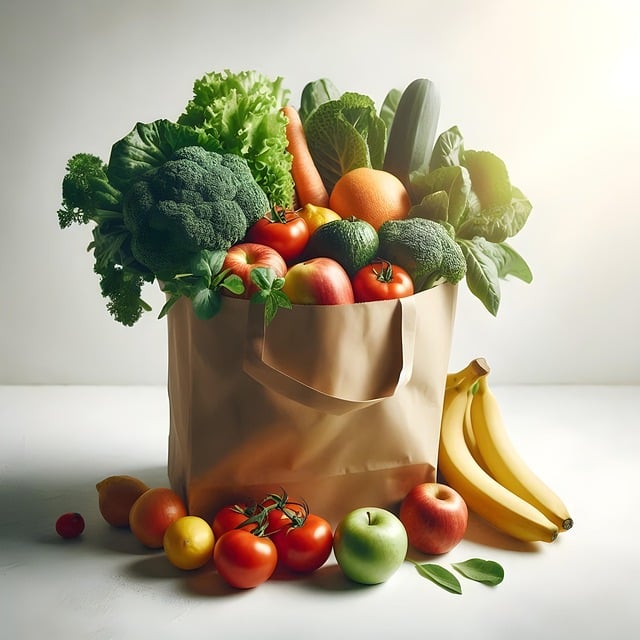
2025 has brought mixed fortunes to date, but challenges are there to be overcome.
The white Christmas card weather, wished for by many, has arrived.
It is not quite so appealing when it blocks roads and makes commuting and travelling an inconvenience, not to mention melting snow causing flooding.
However, it must be borne in mind that many countries have heavy snowfalls for several months of every year and life goes on.
It should not be the end of the world, and with a bit of common sense, practical applications and solutions, what will be a short term weather blip, should be treated as such.
From now onwards we should be looking out for a little bit of extra daylight, which should be noticeable in the late afternoons.
It is probably something that most people, especially town and city dwellers are barely aware of. City lights mask the subtle increase in light, and it will not become noticeable to them until there is a significant difference in a month or so.
Despite what goes on in the world, it is amazing how each year, that same world keeps on spinning, and leads us into the first of the four seasons.
HEALTH ISSUES:
Healthwise, the numbers of flu and flu like issues remain high.
Fatigue is still a problem, and many will have gone back to work after the holidays when perhaps not quite ready, following a bout of ill health.
My last two blogs have been investigating some of the possible causes of fatigue, and how it can be managed.
All of a sudden, there seems to be a great deal being written about fatigue and its link to inflammatory responses.
I`m not in any way advocating staying off work and education for every cough and sneeze, but I am considering the very real fatigue which many experience following a viral episode, and the consequences of not recovering properly from it.

FOOD:
Personally, I feel we are at the mercy of many substances in the form of chemicals and additives, which become triggers to activate inflammatory responses. Food being a prime example.
It would seem logical when recovering from an episode of fatigue, for diet to be totally overhauled.
It makes no sense to continue on an eating pattern which quite possibly was instrumental in manifesting the problem in the first place.
It is now being understood by the medical profession and others, that the gut is closely linked to the brain.
Disturbances in the digestive tract, (gut), can affect the signals sent to and received from the brain.
The gut is programmed to deal with food which is nutritious, easy to digest and non threatening to the immune system.
ADDITIVES:
Certain heavily processed foods, such as "fast food" and ready meals, have been altered and added to, which enhances the flavour but can be irritating to the gut.
Food high in cereal, sugar and salt, have a raised carbohydrate content, and do not have adequate nutritional value, but unfortunately these popular food sources are devoured in massive quantities by the western world, as they are made to taste so good, and require little effort to obtain.
ESSENTIALS:
Everyone requires the same constituents from food, in order for the body to stay healthy.
Protein, carbohydrate, fat, minerals, vitamins, and water.
The digestive tract benefits from PROTEIN which forms the building bricks of the body by producing, replacing and repairing cells.
Protein can be found in red or white meat, dairy produce, fish, eggs, and some plant based sources.
CARBOHYDRATES, made up of starches and sugars, are necessary to the digestive system as they provide energy, and prevent us from feeling hungry too quickly. If too many carbohydrates are consumed, the energy can be stored as fat.
Vegetables can be divided into two groups, those which are grown under the soil such as carrots and potatoes and those grown above such as broccoli, cauliflower and kale.
The main difference is that those grown under the soil tend to have a higher carbohydrate content than the others.
However, all are good sources of vitamins, minerals and fibre.
Fruit contains a natural sugar in a particular form called Fructose. Fruit also has vitamins, minerals and fibre, providing the fibre is not separated by juice extraction. Too much fructose can turn to glucose which is linked to type 2 Diabetes.
There are different types of FATS. The naturally occurring "good" fats in fish, oils such as olive and avocado, whilst fats found in dairy, meat products and commercial bakery are not so good. "Trans" fats, associated with raised cholesterol, heart disease and Type 2 Diabetes are found in processed foods.
VITAMINS and MINERALS are required in small doses, often as trace elements, but are vital for the efficient working of a healthy body.
There are many variables to eating food as many people have intolerances and allergies, plus many are vegetarians or vegans, but sticking to the basic requirements and being aware of the red danger flags, is a good guide to an eating plan which provides the essential nutrients without the addition of chemicals and extreme processing methods.
We also do not drink enough WATER.
Even water has various chemicals added, and very few people have access to fresh spring water.
Water can be drunk in the form of tea, coffee and diluting drinks, but these are also loaded with additions, particularly diluting and fizzy drinks.

HEALTH IMPROVEMENT:
It may be surprising the difference which dietary changes can make.
Energy is increased, sleep is improved, and brain fog lifts.
Accompanied by a bit of mild exercise to begin with, and regulated brain stimulus, bit by bit as energy levels increase, the fatigue should begin to dissipate.
There are also other things to do which are useful to recovery.
Assessing general lifestyle and prioritising things in order of importance and keeping stress levels low.
Taking part in some form of exercise which might include relaxation, being a bit closer to nature, and adjusting mindset to suit.
Fatigue is an unpleasant debilitating condition, which is difficult for others to appreciate as there is nothing to see. No broken leg, or operation scar, so it appears as a bit of a non event.
Thankfully, further research is being carried out and there is much more information available on the internet, but it does sound as if many people will develop fatigue at some time following a viral infection.
It is useful to have some changes which can be put into effect, and I hope this blog may have helped.
DISCLAIMER:
The opinions and comments refer to personal recovery from post viral fatigue, and the steps taken on the journey back to full health.
They are a guide to what may help by adopting a sensible healthy eating plan, some gradual exercise, avoiding stress and eliminating or minimizing screen time.
If symptoms persist or increase, medical advice should be sought.
Opt In for for updates!
